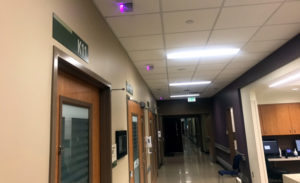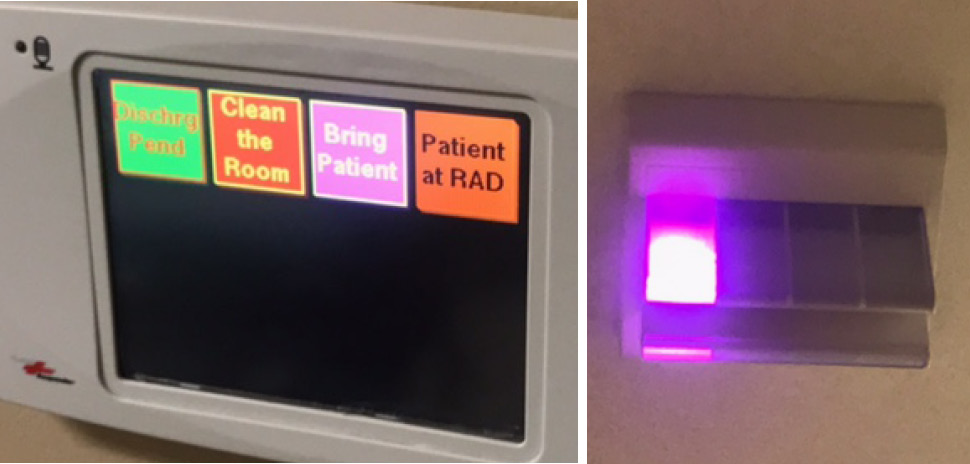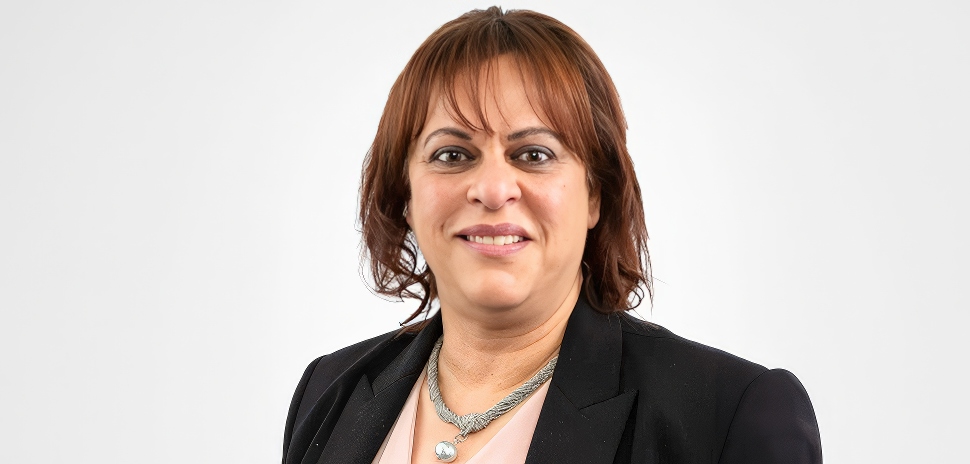Parkland Memorial Hospital CEO Dr. Fred Cerise was asking how the public hospital could move patients through the emergency room more quickly.
The Dallas Morning News reported that Cerise reached out to Plano-based Toyota Motor North America, which has a philanthropic arm that helps nonprofits to become more efficient at no cost.

Thanks to help from Toyota, Parkland is reducing discharge time in its emergency room. [Photo courtesy of Parkland Memorial Hospital]
It turns out that Toyota’s experts had just what the doctor ordered for Parkland, which has one of the busiest ERs in the nation, treating 500 to 700 patients a day in a space that has just 118 beds.
Toyota’s team spent eight months working with Parkland’s doctors, nurses, and other ER staff, and they finished last month.
Had Parkland hired consultants for this type project, it would have cost hundreds of thousands of dollars, the Morning News said.
“This is really weird — they make cars, we help people.”
Stephanie Warnock
The team tackled the issue of “discharge time,” the time patients have to wait between a doctor’s discharge orders and when they actually leave the hospital, the newspaper said.
Reducing that wait time would open up beds more quickly for a new patient.
“This is really weird — they make cars, we help people,” nurse Stephanie Warnock told the Morning News about having a car company come in to evaluate and assist a hospital. “But it was really cool to see how you can apply the same mechanics to anything. It opened our eyes to things on the floor that needed to change.”

Photos courtesy of Parkland Memorial Hospital
Toyota’s team sought to simplify a system of lights above doors in the area that Parkland staff didn’t use because the codes were too complicated.
Here’s what the they did: A purple light means the room is clean and ready for its next patient. Orange signifies the patient is out of the room having X-rays taken. A green light means a physician has said the patient can go home, and a red light means the room needs to be cleaned.
Did it work?
The Morning News said that when the project began in February, average discharge time was 52 minutes. Once all the changes were in effect by September, the discharge time had been reduced to 31 minutes.
The team said it hopes to reach a goal of 15 minutes.
![]()
Get on the list.
Sign up to keep your eye on what’s new and next in Dallas-Fort Worth, every day.
And, you’ll be the first to get the digital edition of our new Dallas Innovates magazine:
The annual edition publishes in January
![]()





































































